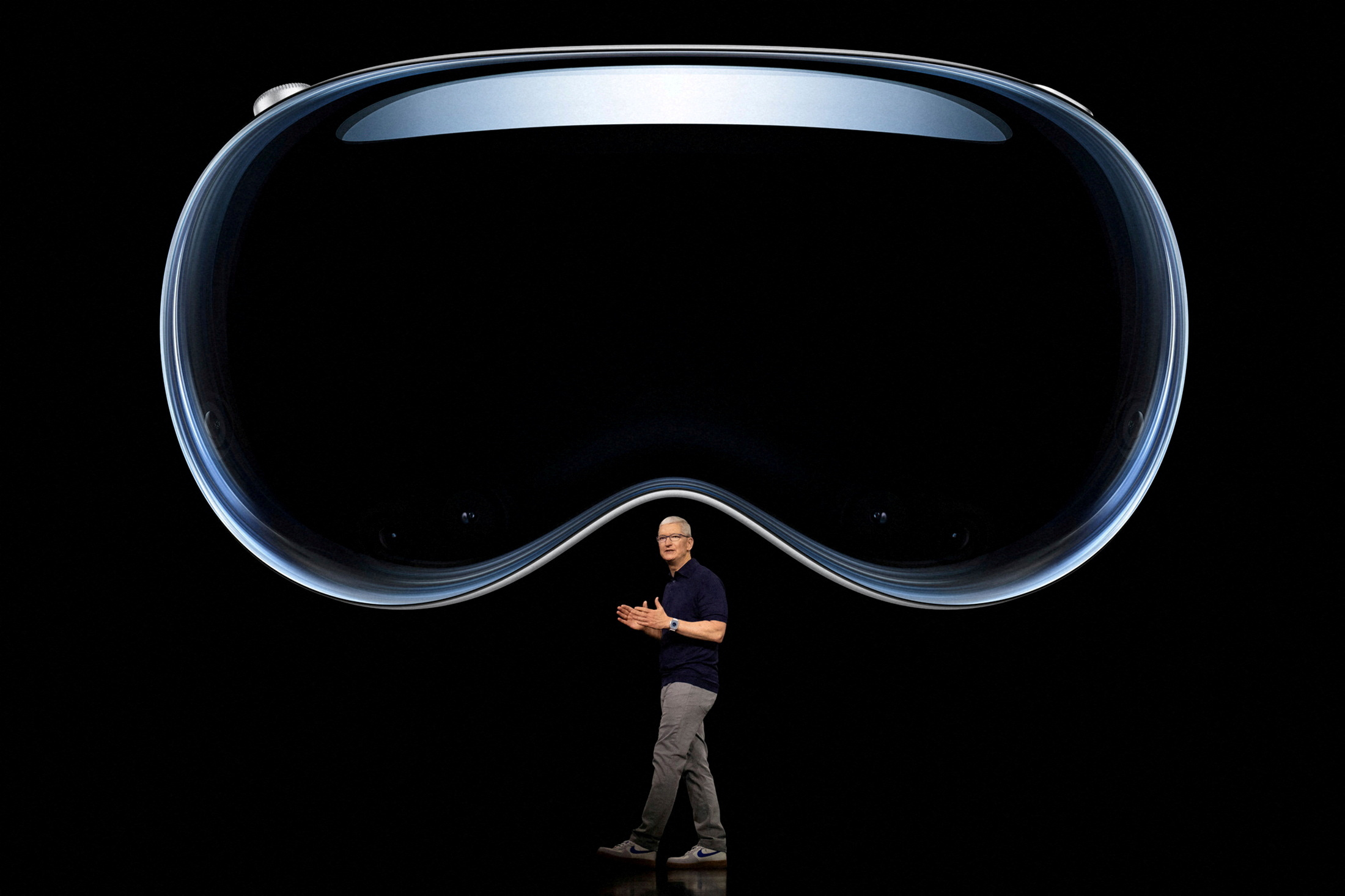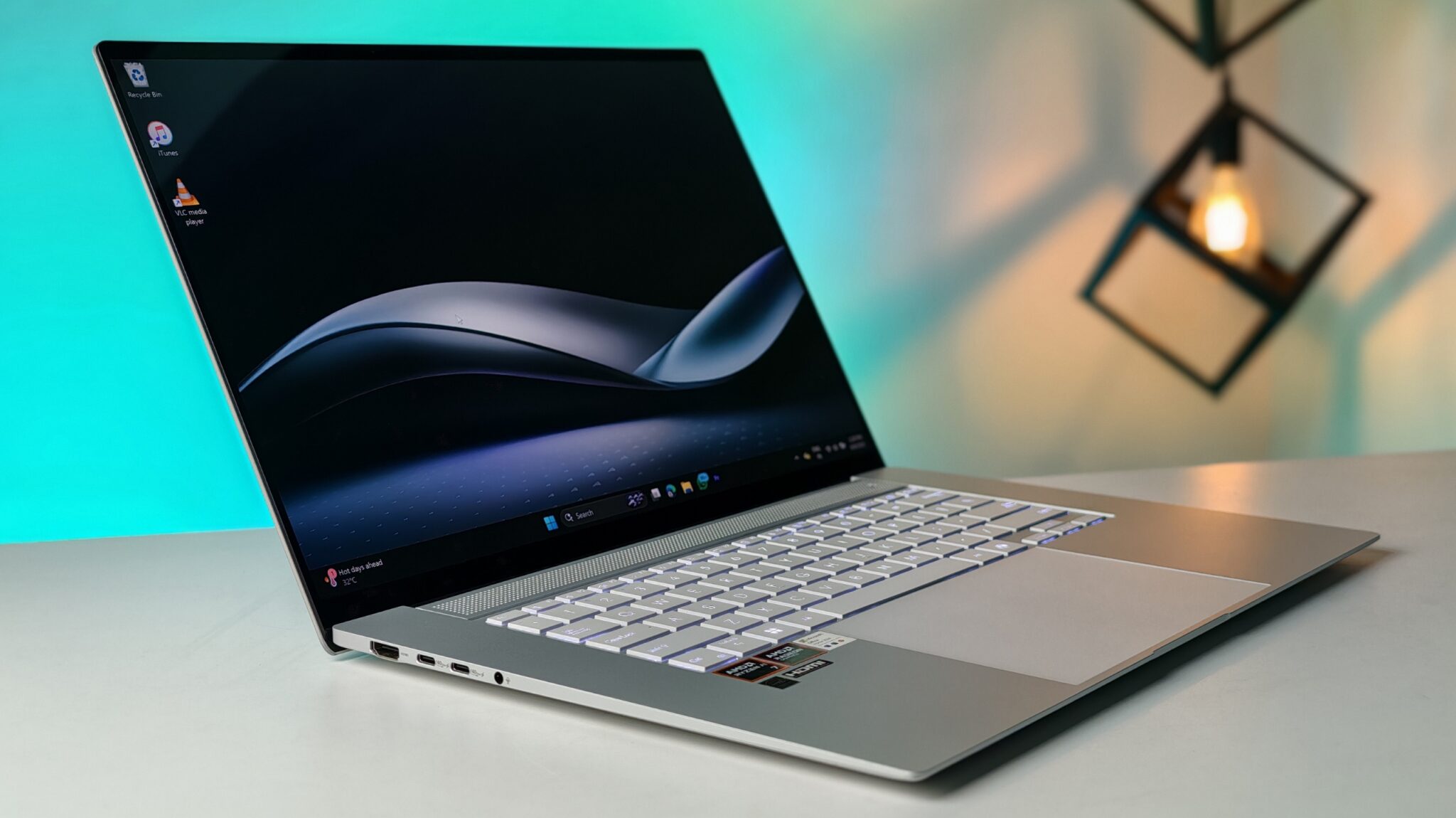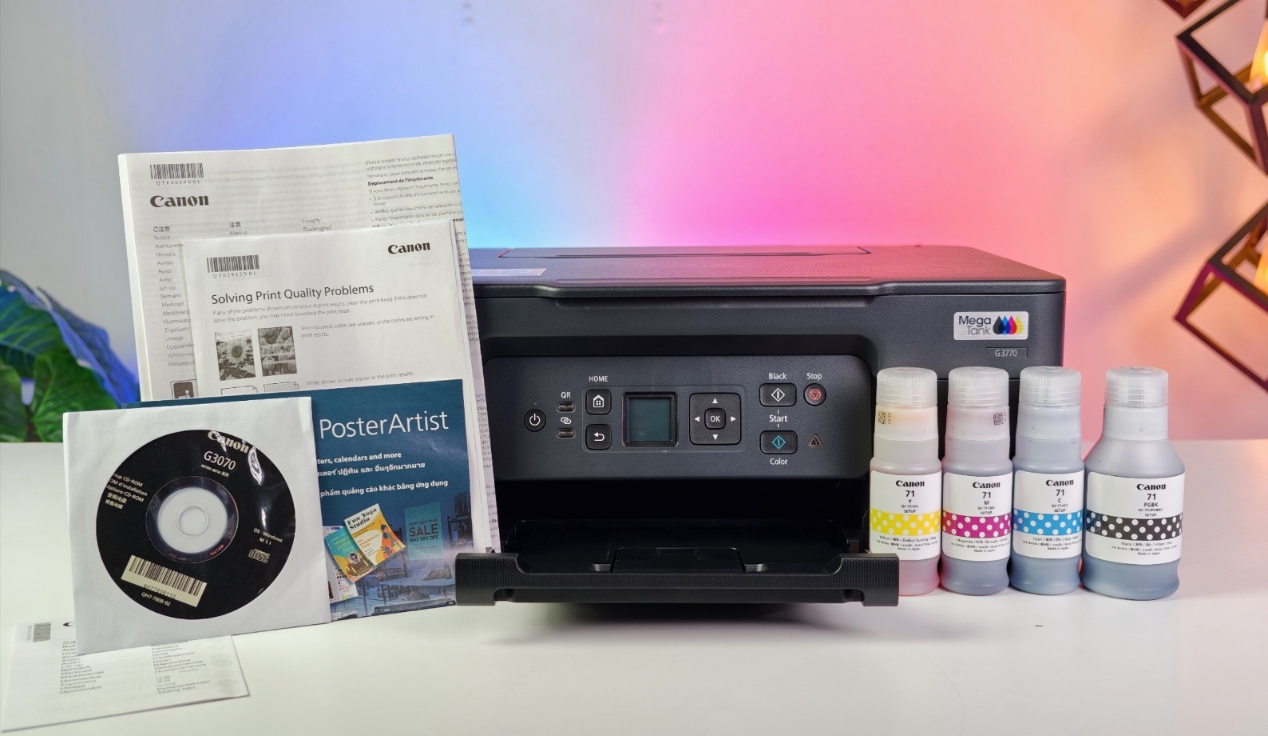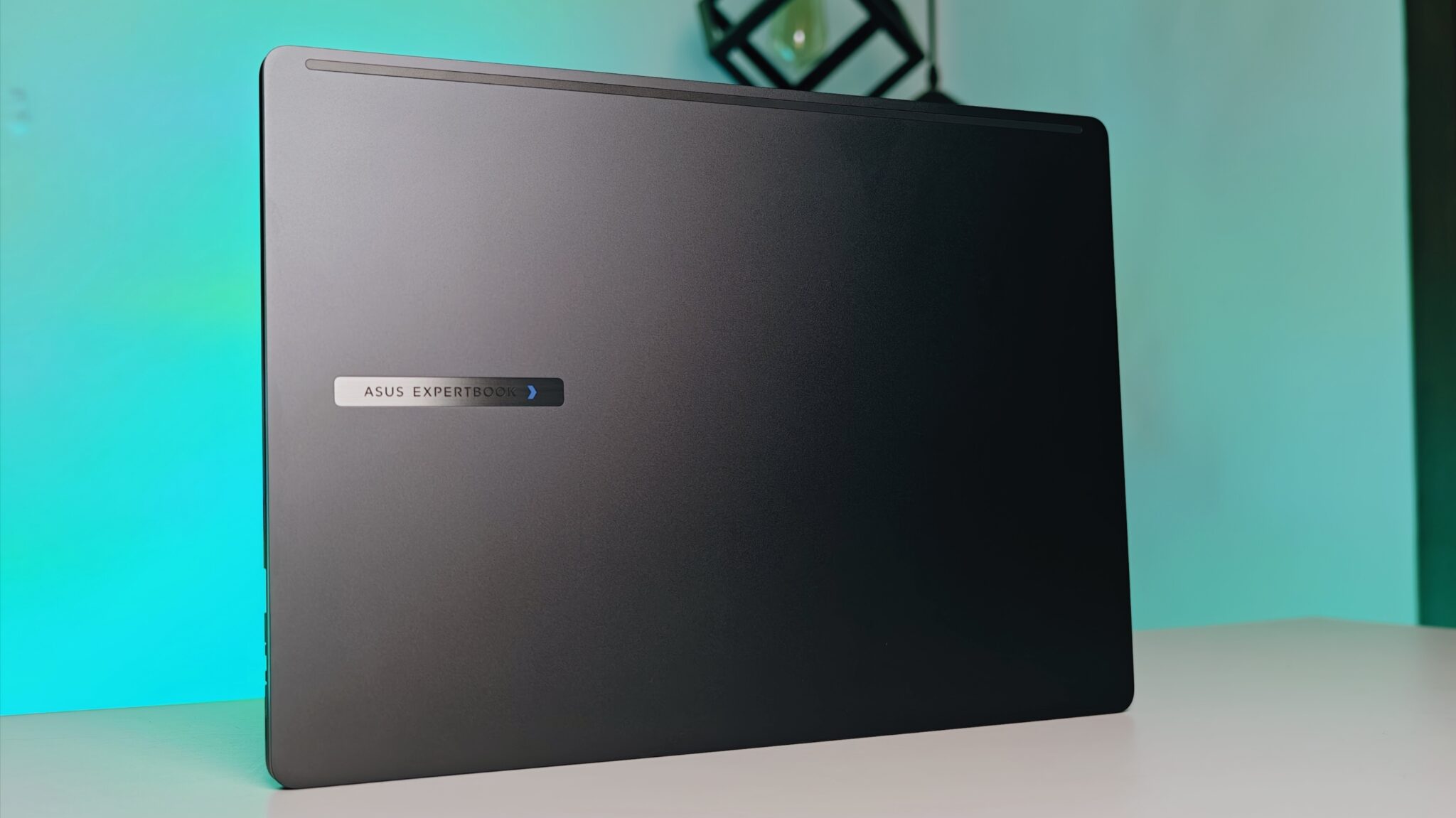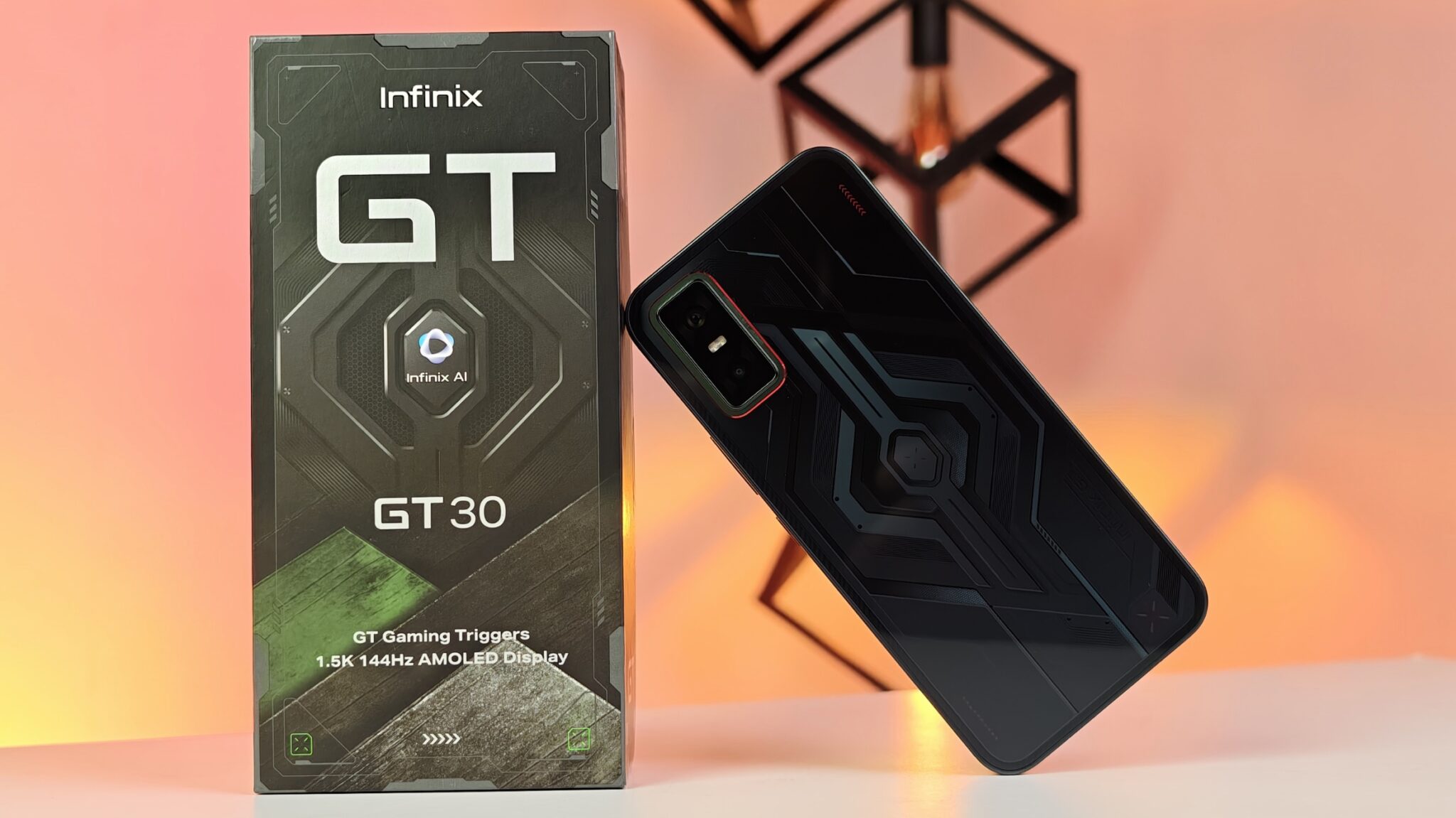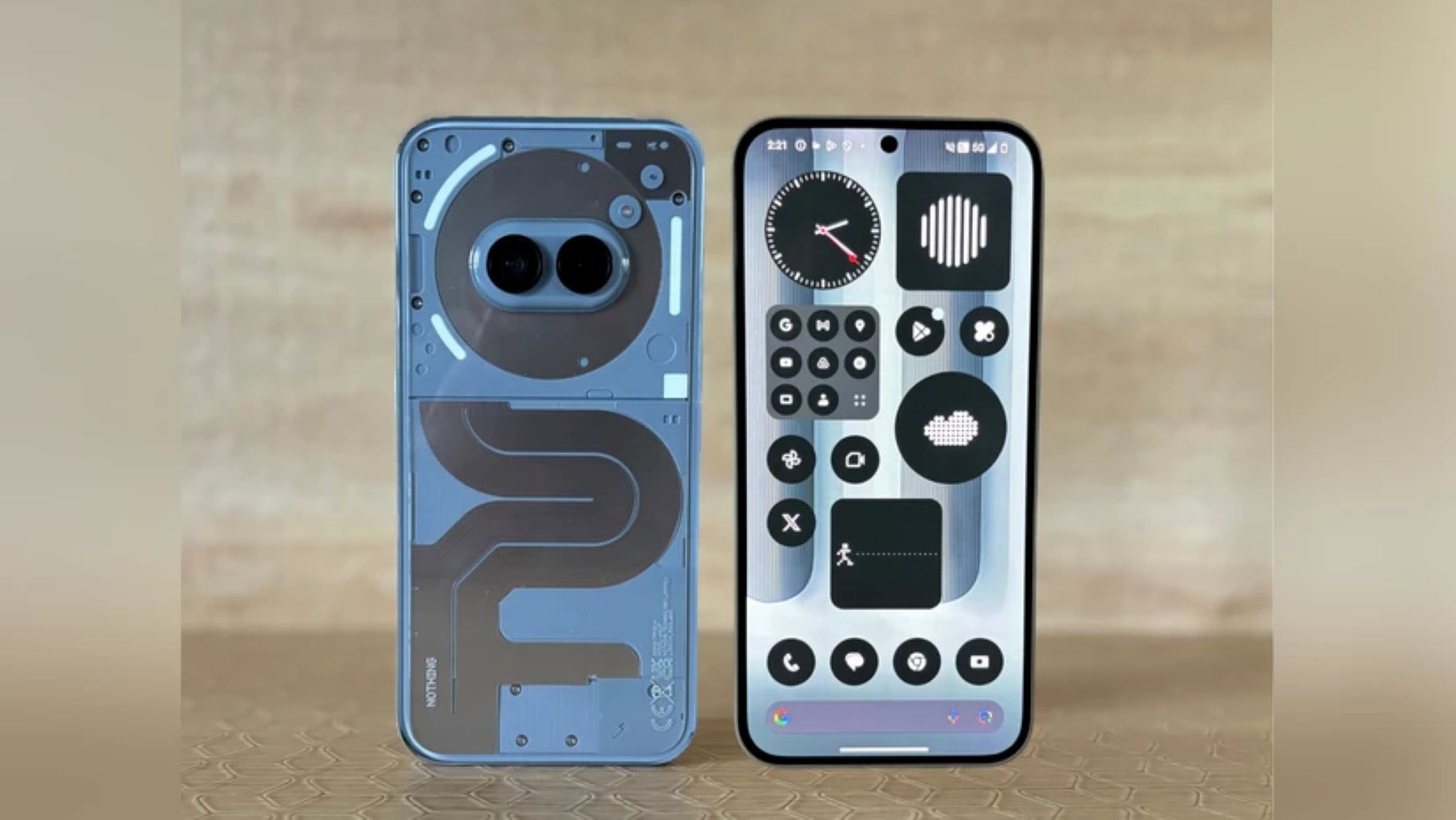Apple’s ambitious augmented reality headset, the Vision Pro, has faced a significant cut in its shipment projections for 2024, with manufacturing complexities and tepid market reception being key factors. Originally heralded as a groundbreaking entry into the augmented and virtual reality markets, the device now encounters challenges that could influence its deployment and future iterations.
Decreased Shipment Estimates
Initial estimates had placed Apple Vision Pro shipments at around a million units annually. However, recent reports indicate a drastic reduction to about 400,000 units for 2024. Analyst Ming-Chi Kuo suggests that challenges from key suppliers and a lack of market readiness for such an advanced and costly product have led to these revised estimates.
Manufacturing Challenges
The Vision Pro’s intricate design, featuring advanced components like EyeSight technology and 4K micro-OLED displays, has contributed to production bottlenecks. The device’s sophisticated passthrough cameras and the precision required in the manufacturing process have exacerbated these issues, leading to lower than expected yield rates.
Market Reception and Strategic Adjustments
Despite a promising start in the U.S., the Vision Pro’s high price point and specific target demographic have limited its broader market appeal. This has prompted Apple to recalibrate its expectations and shipment strategies as it prepares for a more cautious rollout in international markets. The reception and feedback from the initial U.S. launch appear to have influenced Apple’s decision to lower shipment forecasts and delay the development of a second-generation model.
Future Prospects
Looking ahead, Apple’s strategy for the Vision Pro seems to be in a state of evaluation. The potential delay of a more affordable model and the reassessment of its product roadmap reflect a strategic shift as Apple adapts to the market’s response. Analysts remain divided on the long-term impact of these changes, with some suggesting that Apple might shift its focus towards more commercially viable AR technologies in the future.
Apple’s Vision Pro represents a significant technological achievement, yet it faces real-world challenges that impact its market penetration and future development. As Apple navigates these hurdles, industry watchers and consumers alike are keenly observing how the company will tweak its strategies in the evolving AR/VR landscape.


